Susan Furman Walter ’84, P’14 oversees engineering projects that help communities become more resilient and sustainable
Claiming Their Place in Engineering

by EVELINE CHAO
illustrations by BARBARA WISE

1. Turning a Grand Vision into Reality
As Stantec’s executive vice president of infrastructure, Susan Furman Walter ’84, P’14 leads the business division in charge of the project’s design. Walter oversees 4,500 employees across North America in Stantec’s billion-dollar infrastructure arm, and has worked on such high-profile projects as Atlantic Yards, which contains Barclays Center, home to the NBA’s Brooklyn Nets.
“I’m influenced completely by Bucknell’s curriculum,” says the civil engineering major, whose senior design project was a conceptual structural redesign of Christy Mathewson-Memorial Stadium. “I remember the curriculum being really hard. But I had great summer internships and awesome professors who spent a lot of one-on-one time with their students.”
Walter is one of many Bucknell alumnae helping to build essential infrastructure, deliver vital solutions to industries and communities, and educate the next generation of engineers — all while improving representation. Women still only hold around 25% of computer jobs, 15% of engineering jobs and 27% of overall STEM positions, according to 2019 Census figures — though for context, women comprised just 14% of STEM workers in 1980.
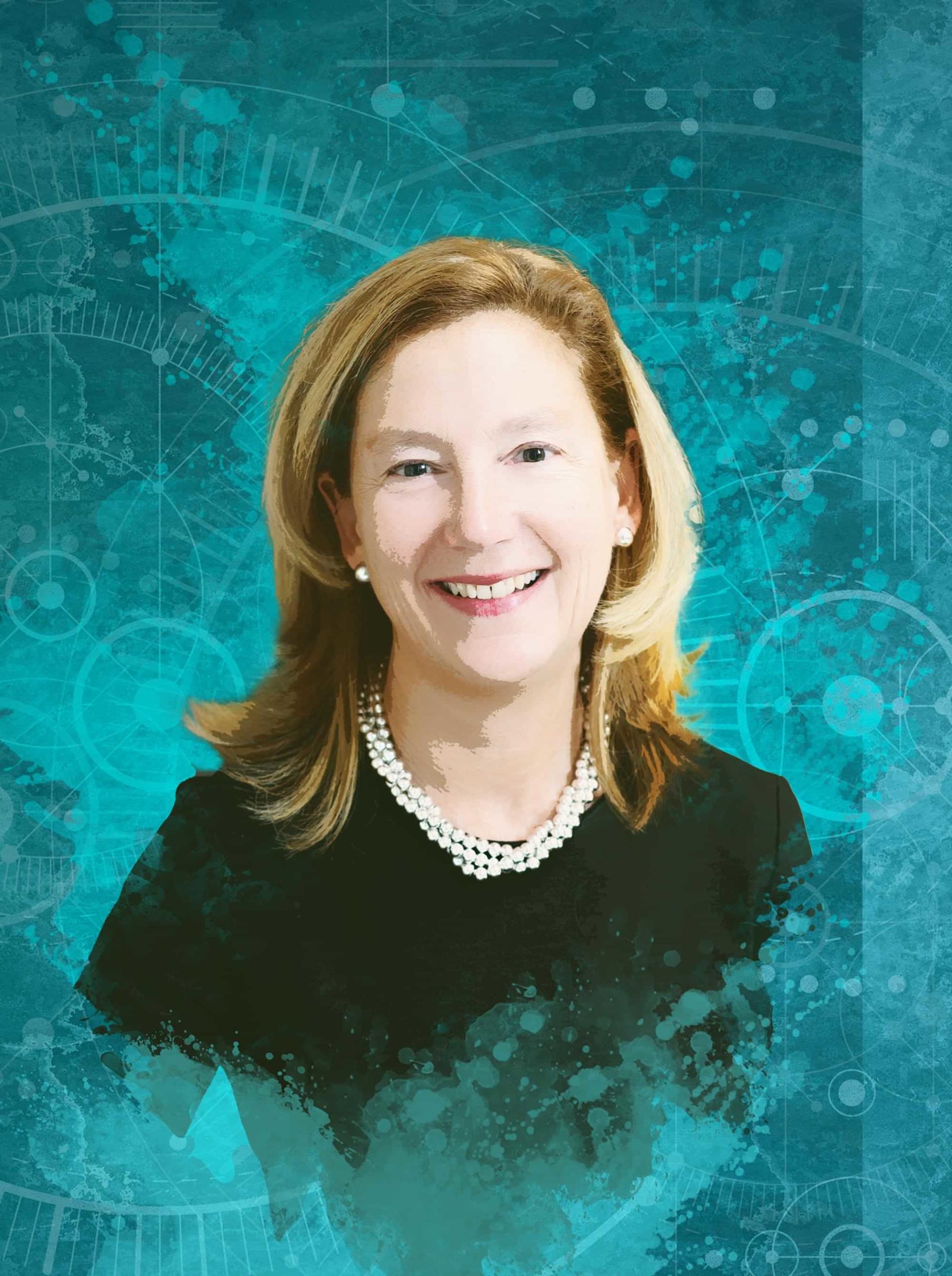
Susan Furman Walter ’84, P’14 oversees engineering projects that help communities become more resilient and sustainable

Claiming Their Place in Engineering
by EVELINE CHAO
illustrations by BARBARA WISE

1. Turning a Grand Vision into Reality
As Stantec’s executive vice president of infrastructure, Susan Furman Walter ’84, P’14 leads the business division in charge of the project’s design. Walter oversees 4,500 employees across North America in Stantec’s billion-dollar infrastructure arm, and has worked on such high-profile projects as Atlantic Yards, which contains Barclays Center, home to the NBA’s Brooklyn Nets.
“I’m influenced completely by Bucknell’s curriculum,” says the civil engineering major, whose senior design project was a conceptual structural redesign of Christy Mathewson-Memorial Stadium. “I remember the curriculum being really hard. But I had great summer internships and awesome professors who spent a lot of one-on-one time with their students.”
Walter is one of many Bucknell alumnae helping to build essential infrastructure, deliver vital solutions to industries and communities, and educate the next generation of engineers — all while improving representation. Women still only hold around 25% of computer jobs, 15% of engineering jobs and 27% of overall STEM positions, according to 2019 Census figures — though for context, women comprised just 14% of STEM workers in 1980.
“Our College of Engineering has always done a great job of preparing women engineers to fill the wide variety of roles in industry, academia and society,” says Helen Reetz ’78, president of the Bucknell Engineering Alumni Association. In 2020, the college received bronze-level recognition from the American Society for Engineering Education Diversity Recognition Program for its work toward improving diversity and inclusiveness.
“Many of us followed traditional engineering career paths, while others took advantage of opportunities in medicine, law, finance and management that were made possible, at least in part, by the emphasis on problem solving, critical analysis, teamwork and communication skills at Bucknell,” Reetz says.
Those skills have served Walter well. She says she loves the organizational and operational challenges of completing huge-scale projects on time and on budget, and often tells younger people in the field asking for advice that being a good communicator is essential to her work.
Like many of her fellow engineering alumni, she is passionate about doing work that has a tangible impact on the world. “I loved the environmental compliance part of it; the surveying, the water resources — all the stuff that is so incredibly important today with regard to resiliency and sustainability,” she says. “I attribute so much of my engineering success to my Bucknell roots.”
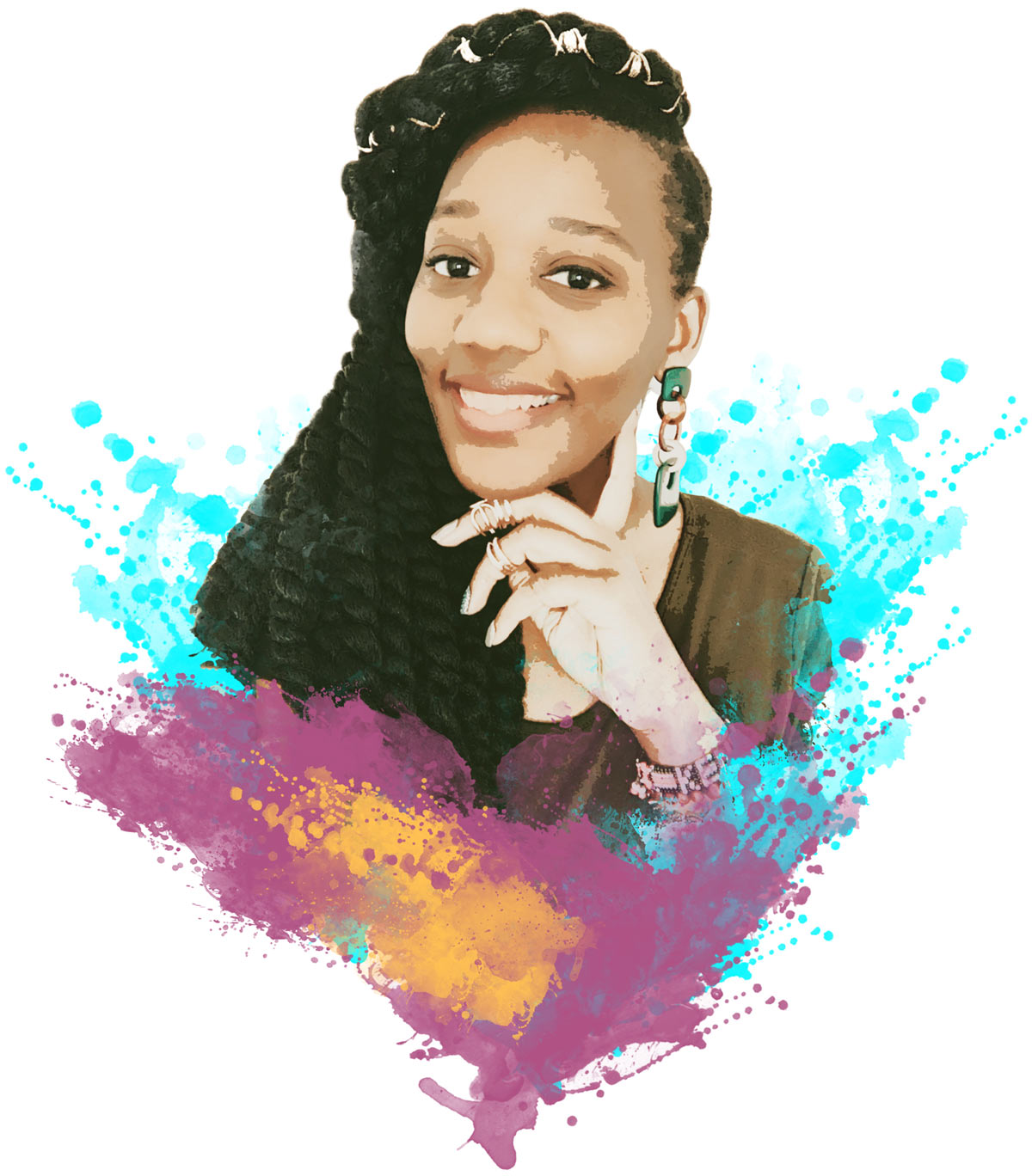
2. Advocating for Social Responsibility
A strong technical background and passion for community advocacy recently helped civil engineering graduate Winnie Okello ’10 land a position as the strategic community relations coordinator in the Office of Environmental Justice (OEJ) at Pennsylvania’s Department of Environmental Protection (DEP).
The office seeks to better involve historically marginalized, economically disenfranchised and minoritized groups — which often bear a disproportionate share of adverse environmental impacts. The OEJ seeks to proactively address these inequalities for more sustainable and resilient communities. “What we do, as engineers, impacts the community for generations, especially when we are talking about the environment,” she says. “Air, water and other resources in minoritized communities are often linked to chronic health effects. These are generational issues.”
Okello’s favorite aspect of her work is interacting with community members and broadening their knowledge of the DEP’s work so that they understand in very practical terms how it affects their day-to-day lives. “My skill set is in the human element of engineering — understanding that engineers not only design the built environment, but they impact individuals and communities. The technical aspect of engineering is all right, but I’m all about the people.”
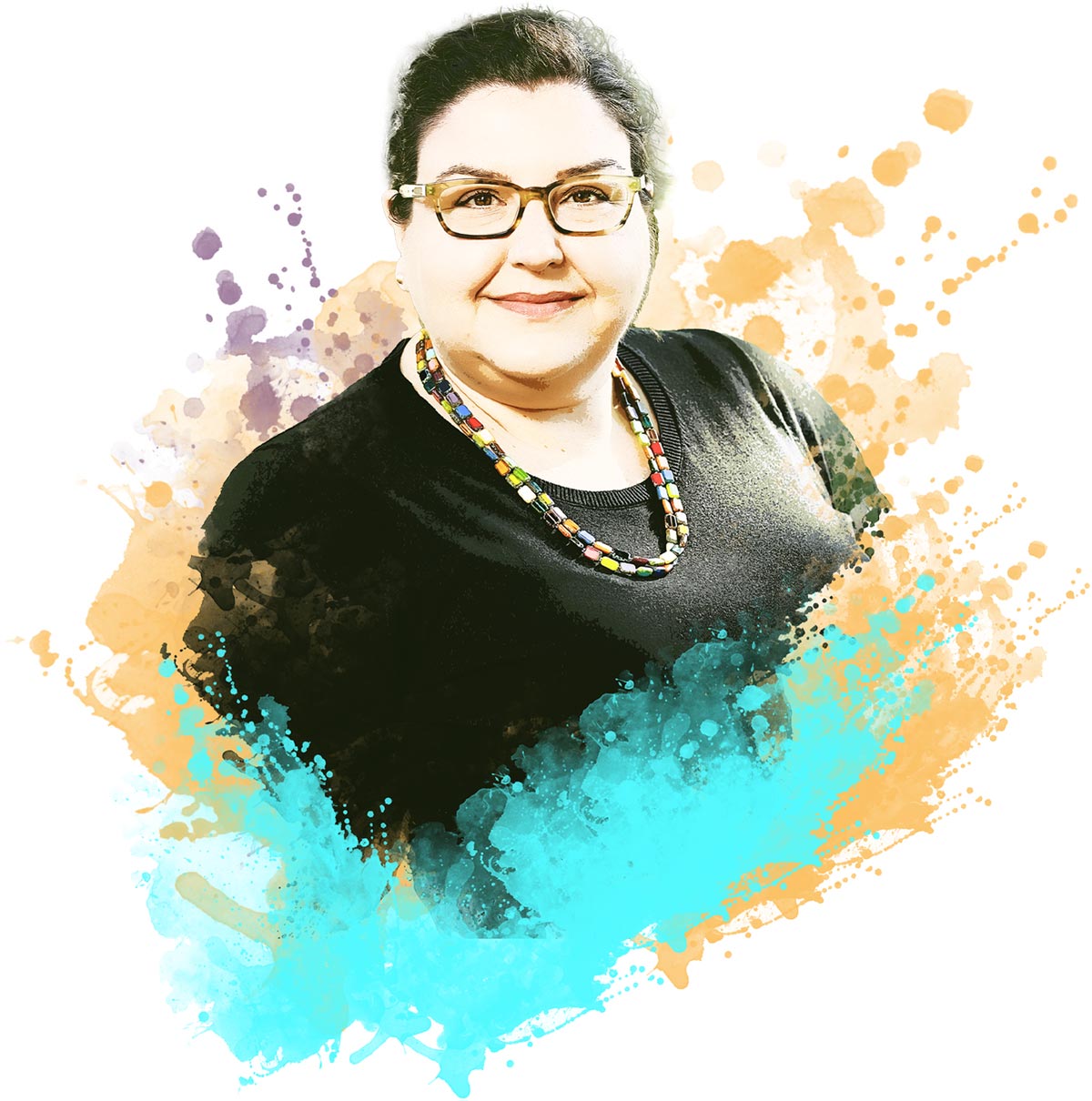
3. Building Connections Across Disciplines and Communities
“I get to talk about engineering every day,” says Dana Denick ’01, who majored in mechanical engineering. Now a program director for the Division of Engineering Education and Centers at the National Science Foundation, she spends her days liaising with research centers around the country that are engaged in multidisciplinary projects with universities, community partners and industries. From her discussions with experts, she helps make funding decisions that advance the federal government’s investments in engineering research. “Those are the ways engineering connects to society and to people,” she says. “That’s the most exciting part for me.”
Denick especially enjoys working on programs focused on expanding engineering education and making the field more diverse, “so the engineering community can better reflect the diversity of our country and be poised to address the large-scale challenges the engineering community faces,” she says.
While a student at Bucknell, Denick volunteered as a Girl Scout troop leader in Lewisburg. “I remember looking for ways to empower women,” Denick says. “I’d plan events that would expose the troop to new experiences, including activities with the Society of Women Engineers at Bucknell.” The experience helped steer her toward teaching at the secondary and university levels. She earned a master’s in physics education at the University of Virginia and a doctorate in engineering education at Purdue University. “Engineering provides a skill set and way of thinking for understanding the world around us and how to change it.”
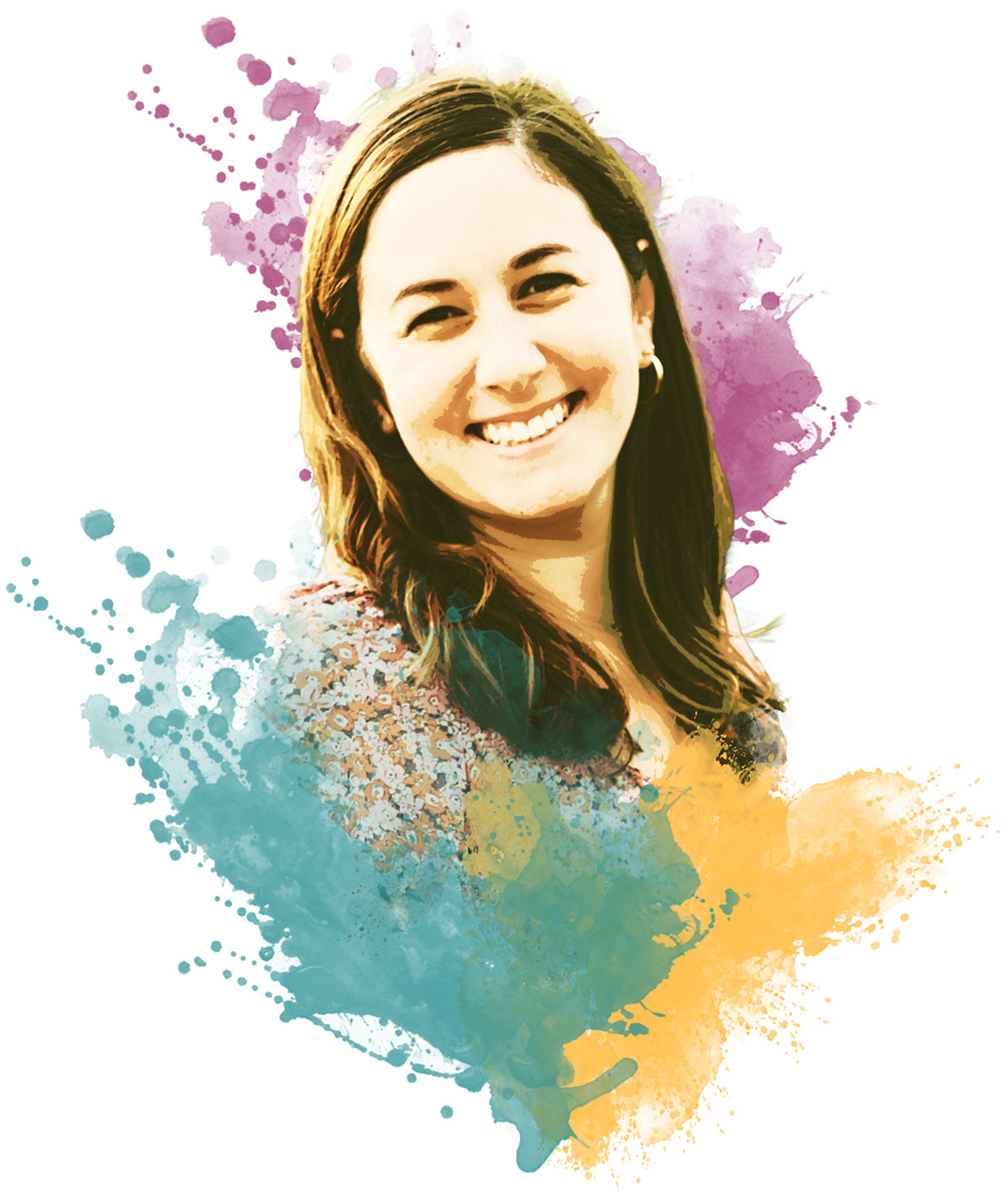
4. Opening Doors for the Next Generation
Tali Sason ’13 was the first woman to graduate from Bucknell with a degree in computer engineering. She went on to become the first woman to serve on the internal executive board for the e-commerce company Wayfair. These experiences have made her acutely aware of the importance of cultivating more female engineers. “When you enter the field of technology as a woman, it’s hard to see yourself represented in those who are successful. That makes it really challenging to see a path forward,” she says.
To address the issue, Sason started a new hiring and onboarding division at Wayfair called Wayfair Labs, which helped the company hire more people from diverse backgrounds, including women.
Today, as an engineering director at Google, Sason oversees organizations in Google Search and serves as the site lead for Google Cambridge, an office of more than 2,500 employees. She coaches engineering managers to “help them grow and be great leaders.” Sometimes she finds herself coaching women who tell her they are tempted to give up. “I would suggest women going into this field are clear about why they want to be working in this space and the impact they are hoping to have, and to stick to their values,” she says. “The field is still so male-dominated that it’s easy to start to change who you are to adapt. But they don’t need more people like them — they need more people like you.”
5. “The things I do today in my job as a process engineer — designing oxygen-generating plants that purify air to make oxygen — directly applies what I learned at Bucknell. Thermodynamics, mathematical modeling — it’s classic chemical engineering. I came into the profession feeling that I was properly prepared.”
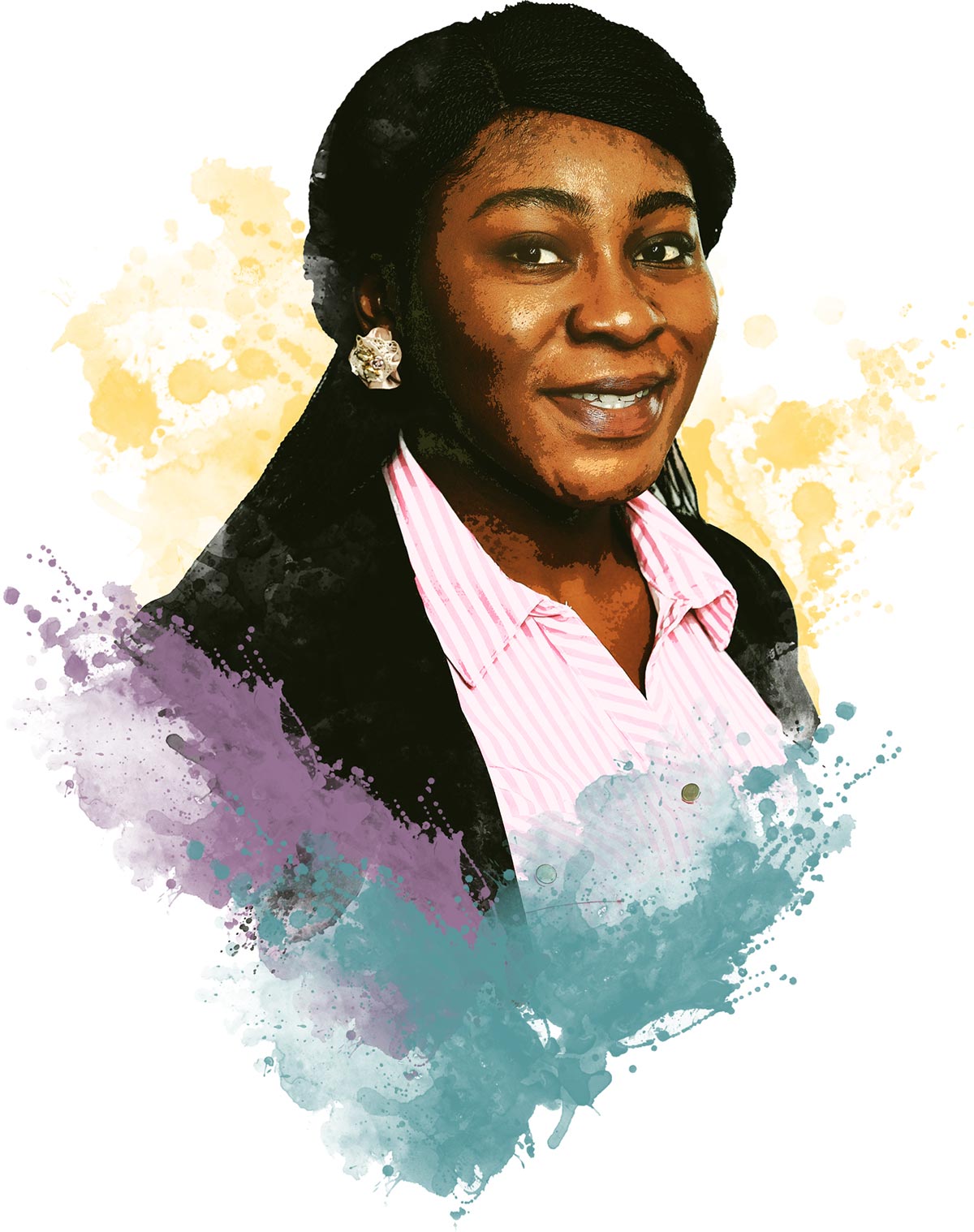
6. Creating Tools to Ensure Public Safety
Bucknell’s biomedical engineering program was a natural fit for Botswana native Patience A. Osei ’14. “I have always been a problem-solver, and I always knew I wanted to work in health care,” she says.
Osei is now a human factors project manager at the Johns Hopkins Armstrong Institute for Patient Safety and Quality, where she helps engineer solutions that improve patient safety by considering how people interact with technology. “One of my proudest moments was working on a team that redesigned personal protective equipment for health care workers during the Ebola outbreak,” she says. Osei is now doing similar work related to COVID-19.
At Bucknell, Osei had a full college experience, becoming a class representative for the Society of Women Engineers, an International Orientation Assistant, a resident assistant and president of the Voices of Praise choir — roles that helped her develop leadership skills she relies on today. She credits Bucknell’s faculty for supporting her through the rigorous engineering curriculum. “Biomedical engineering professors Deborah Ebenstein, Eric Kennedy, Dan Cavanagh and James Baish played a huge role in guiding me and inspiring creativity in me,” she says. “Studying engineering at Bucknell was one of the best decisions I made.”